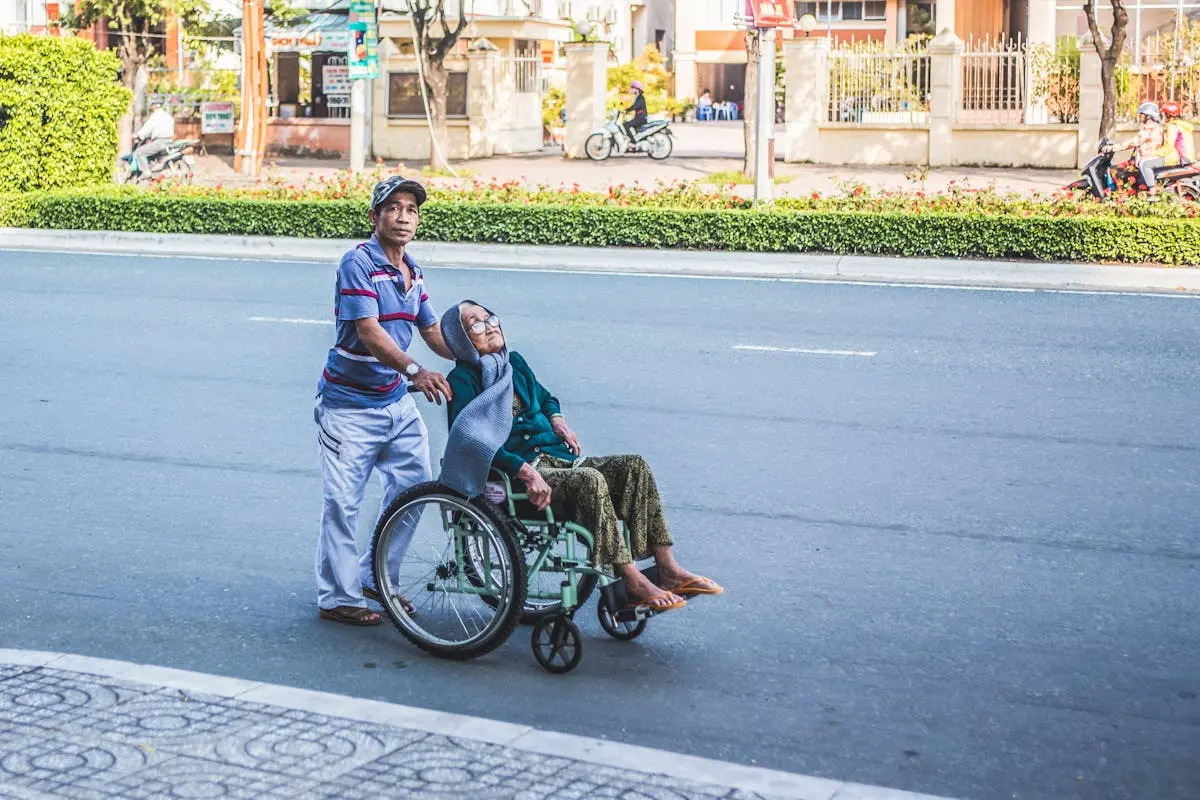Transfer chairs play a crucial role in ensuring the safety and comfort of individuals with mobility challenges. These versatile devices are indispensable in a variety of settings and scenarios. Understanding their different use cases can help you determine which type of transfer chair best suits specific needs. In this FAQ blog, we explore the various applications of transfer chairs and how they cater to diverse requirements.
Use in Healthcare Settings
In healthcare facilities like hospitals and clinics, patient transfer chairs are vital for ensuring safety, comfort, and efficiency. These chairs help healthcare providers maneuver patients across different areas like operating rooms, diagnostic facilities, or patient rooms. The use of transfer chairs minimizes the risks involved in patient transport, reducing the chances of strain injuries among both caregivers and patients. Their popularity in these settings is underscored by features such as height adjustability, locking wheels for stability, and removable armrests for easier access and patient transfer.
The reliance on specialized designs such as the Steel Transport Chair offered by Rainbow Medical Supply speaks volumes about their necessity in medical environments. Designed for individuals with compromised mobility, these chairs allow safer and more dignified transfers. An essential component of patient care, they bridge the gap between continued healthcare and sustained patient well-being.
Transfer chairs also play a key role in physical therapy and rehabilitation centers, where they facilitate exercises tailored to patient recovery. By providing controlled and safe patient transitions, they support therapists in delivering focused treatment, ultimately aiding in faster recovery and rehabilitation.
Assistance in Home Care
At home, transfer chairs such as the Standard Transfer Bench by Rainbow Medical Supply are indispensable tools for enhancing independence and safety. They offer ease for family caregivers who might not have extensive medical training but are tasked with daily patient transfers. By providing support for mobility-impaired family members, these chairs reduce the physical strain on caregivers and offer dignity and comfort to users.
Functional design features like detachable backs and skid-resistant rubber tips, explained in further detail by Ageally, make transfer chairs adaptable to various home environments. These features facilitate not only the transfer of patients between rooms but also enable them to navigate personal needs like using restrooms or enjoying meals in a communal space.
Support in Rehabilitation Centers
Transfer chairs are integral to rehabilitation centers, where physical therapy and mobility recovery are prioritized. Tools such as the Barton H-250 Convertible Chair mentioned by Bellevue Healthcare exemplify how transfer systems support mobility through ‘Tilt-in-Space’ capabilities, enhancing patient circulation and comfort. This feature is particularly beneficial in rehabilitation settings where repetitive motion exercises are crucial.
By simplifying movement across therapy areas, transfer chairs enable efficient management of diverse therapeutic activities. Patients can be easily repositioned, allowing rehabilitation specialists to concentrate on focused interventions. This not only maximizes patient engagement but also accelerates the progress of recovery plans tailored to restoring independence.
Enhancing Mobility During Travel
Transfer chairs significantly boost accessibility during travel, particularly in public transportation hubs like airports and train stations. They are designed to aid people in transitioning through the often hectic and crowded environments of these spaces. Electric variants, as highlighted by Dahao Medical, afford users independence by allowing them to control the chair with minimal assistance, making travel not only possible but pleasurable.
The ability of transfer chairs to fold or compact for easing transportation makes them ideal for travel needs. Their integration with modern amenities like extendable foot supports and adjustable seating height optimizes user comfort, ensuring that long distances are covered with minimal disruption to quality of life. These designs reflect the continuous drive for innovation in creating more user-centric mobility aids.
Conclusion
Transfer chairs are essential tools in many environments, from hospitals to travel, greatly enhancing accessibility and mobility. They provide tailored solutions for a wide range of needs, emphasizing the importance of selecting the right chair for each situation. Whether for home use or professional care settings, transfer chairs improve quality of life for individuals with mobility difficulties.


















